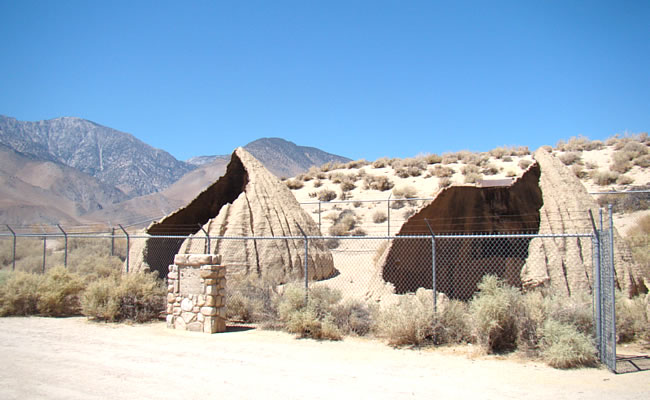
Cottonwood Charcoal Kilns are located a few miles north of the small ranching town of Cartago in the Owens Valley of California. You can reach the kilns via a graded dirt road off Highway 395.
This side trip can be made by just about any vehicle as long as you are careful. The kilns are about one mile from the turnout on Highway 395. After the kilns, the road continues down to the banks of the long dried-up Owens Lake
Once you arrive at the Cottonwood Charcoal Kiln, you are greeted by two beehive-looking structures. Desert winds and occasional rainstorms have worn down the kilns, but they are still a fantastic site out in the middle of the Owens Valley.
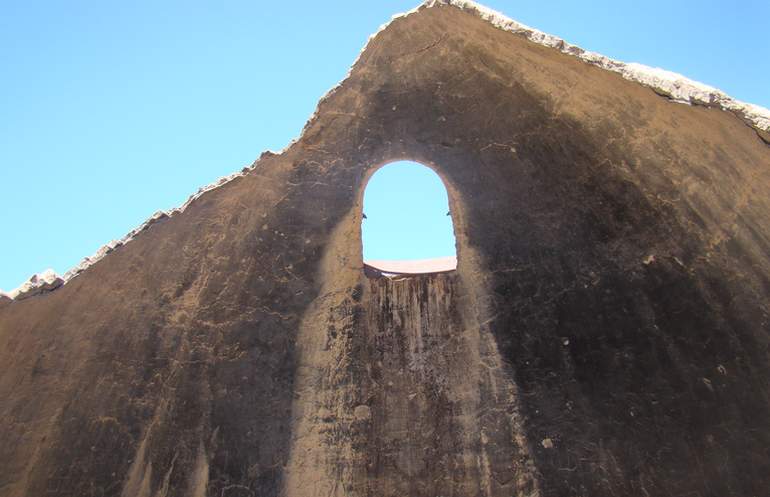
At one time, the kilns were used to produce charcoal to power the Cerro Gordo Mine’s smelters in the Inyo Mountains across the lake.
There were two steamers, Bessie Brady and Mollie Stevens, to transport the charcoal across lake Keeler. On the return trip, they would bring back bars of silver.
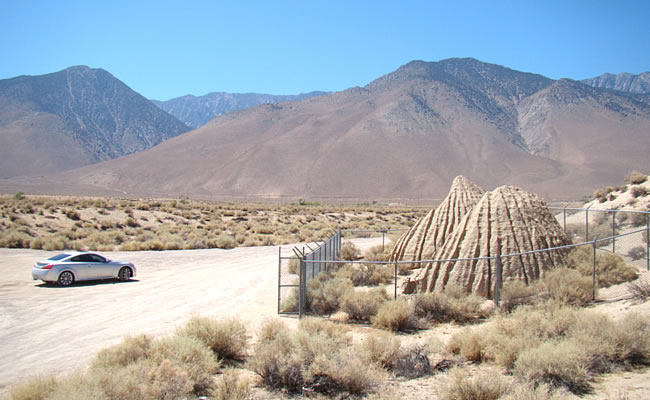
Twenty-mule teams were used for the final leg of the journey from Owens Valley to Los Angeles. In 1876 a railroad line was extended to the town of Mojave, speeding up the process.
When the silver and lead deposits were depleted, the Cottonwood Charcoal Kilns were destroyed in the hot desert sun.
The town of Cartago was the western shipping port for the Cerro Gordo Mines production and transported goods across Owens Lake with the northern ports of Swansea and Keeler directly below the mines.
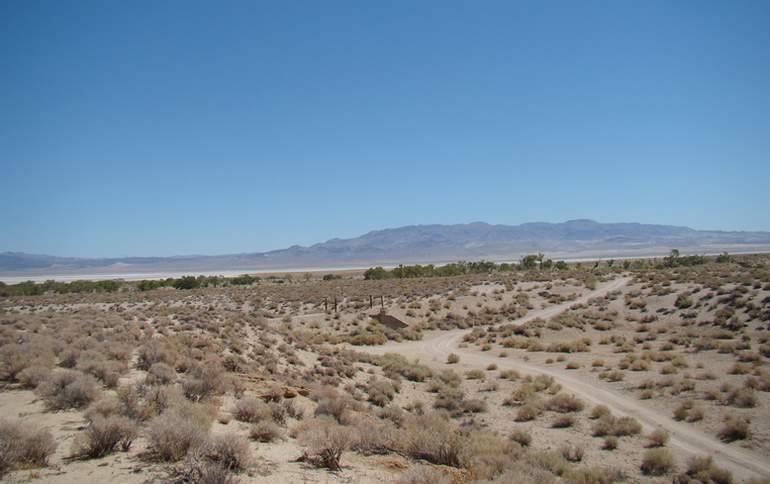
Bessie Brady Crossing the Owens Lake
From Cartago, a barge-like vessel, the Bessie Brady was launched in 1872, which cut the three-day freight journey around the lake down to three hours.
Much of the freight it carried was silver and lead bullion from the Cerro Gordo mines, which at their height were so productive that the bars of the refined metals waited in large stacks before twenty mule team teamsters could haul it to Los Angeles.

Keeler and the Cerro Gordo Mines
The town of Keeler, below the Inyo Mountains on the former north shore, replaced Swansea as the mines’ shipping port after the 1872 Lone Pine earthquake. In the 1870s, it had 5,000 people as the center of trade for the Cerro Gordo mines.
The Cottonwood Charcoal Kilns, traditional stone masonry ‘beehive’ charcoal kilns, were built to transform wood from trees in Cottonwood Canyon above the lake into charcoal to feed the Cerro Gordo mines silver and lead smelters across the lake at Swansea.
The Cottonwood Charcoal is similar to the Wildrose Charcoal Kilns near Death Valley and Ward Charcoal Ovens in Nevada. The kilns are California Historical Landmark #537.
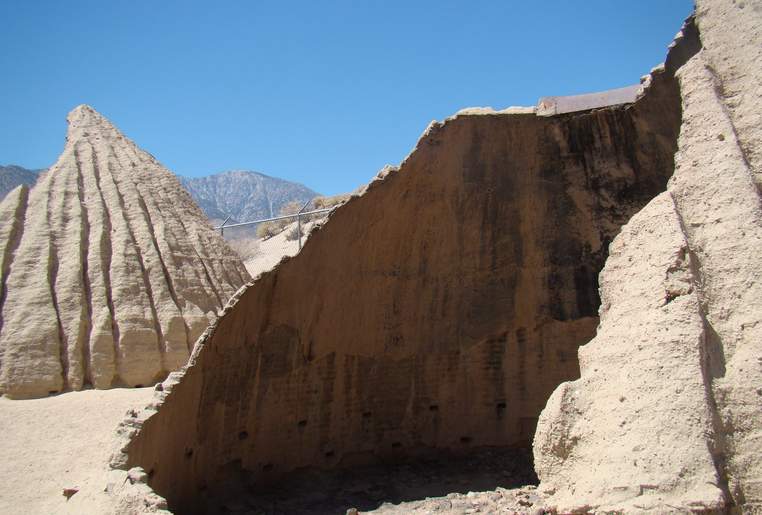
Getting to the Cottonwood Charcoal Kilns
Cottonwood Charcoal Kilns are located seven miles north of Cartago on Highway 395. There is a small sign at the turnoff. From there, proceed about one mile toward the Owens Lake dry bed. There is a Historic Landmark, the remains of the two charcoal kilns, and not much else.
A fence surrounds the structures. However, the gate is unlocked. So far, there is no graffiti; just a few names scratched in the burn marks on what’s left of the roof of the kilns.
Please leave this historic site as you found it. The wind and rain will eventually wash away the ruins; they don’t need any help.
The road to the Charcoal Kilns is a little rough but we made it in a G37. So just about any car can make it as long as you drive slow. This little side trip is well worth the drive.